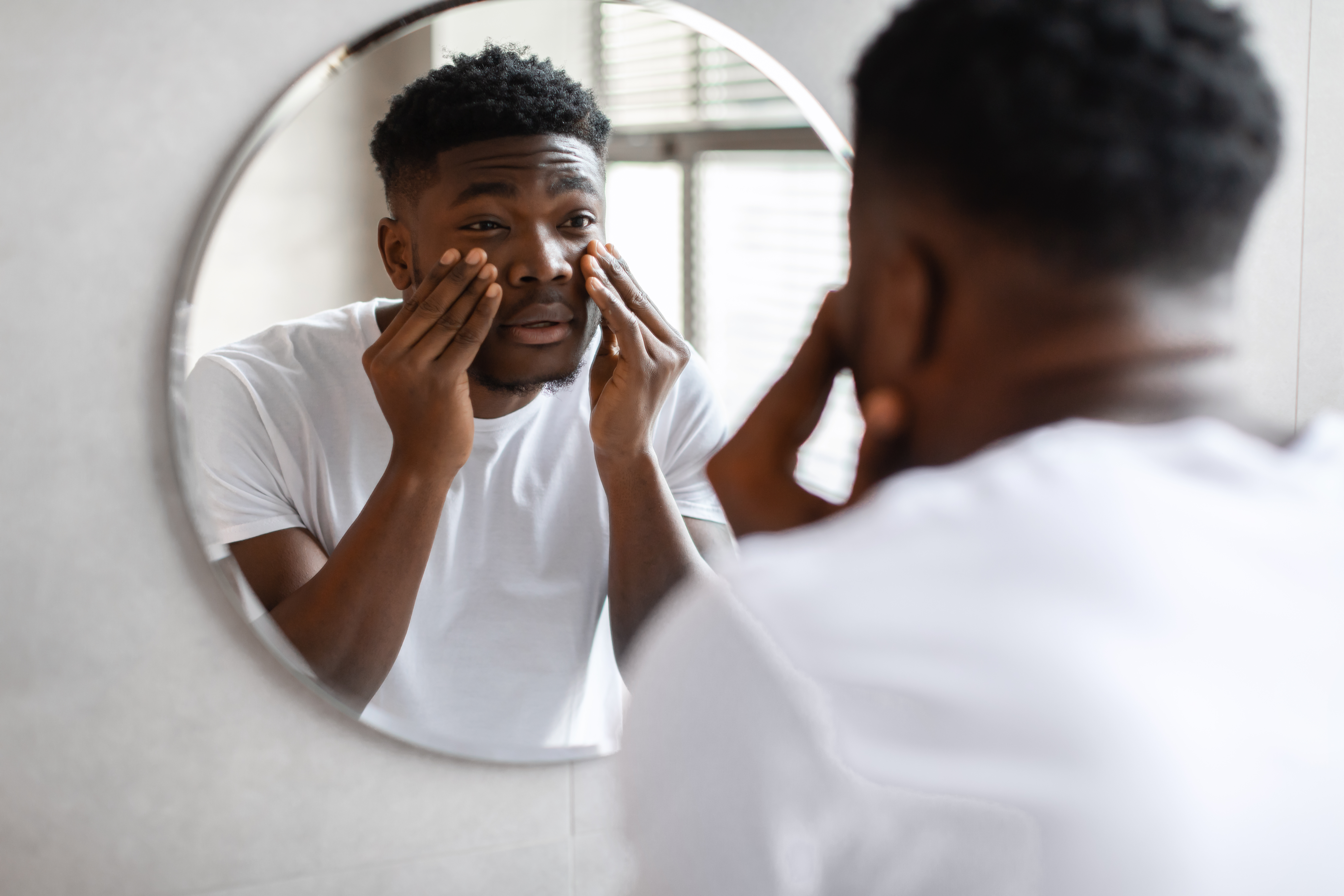12 Hidden Signs of Iron Deficiency You Shouldn't Ignore
Iron is an essential mineral that plays a crucial role in our overall health. It is a key component of hemoglobin, the protein in red blood cells responsible for transporting oxygen from the lungs to the rest of the body. Without adequate iron, your body struggles to produce enough healthy oxygen-carrying red blood cells, leading to iron deficiency anemia. This condition can result in a range of symptoms that, if left unchecked, can severely impact your quality of life. Unfortunately, the signs of iron deficiency are often subtle and easily overlooked, which is why it’s important to be aware of them. This article delves into the 12 telltale signs your body might be crying out for help due to iron deficiency and why addressing this issue should be a priority for everyone.
Unexplained Fatigue and Weakness

One of the most common and earliest signs of iron deficiency is fatigue. This isn’t the usual tiredness that comes from a long day or lack of sleep. Iron deficiency-related fatigue is persistent and can leave you feeling exhausted even after a full night's rest. This occurs because your body isn’t getting enough oxygen, due to a lack of hemoglobin, which is essential for energy production. As your muscles and tissues receive less oxygen, they are unable to function efficiently, leading to feelings of weakness and lethargy. This can impact your daily activities, making even simple tasks seem daunting and overwhelming.
Pale Skin and Dark Circles

Pale skin is another indicator of iron deficiency, as hemoglobin in red blood cells gives skin its rosy color. When hemoglobin levels drop, your skin can lose its healthy hue, appearing paler than usual. This symptom is often more noticeable in people with lighter skin tones, but it can also be detected in the paleness of the inner eyelids, gums, and nails. Additionally, dark circles under the eyes can become more pronounced due to reduced oxygenation and circulation, leading to a tired and worn-out appearance. These visual cues can serve as a warning sign of an underlying deficiency that needs attention.
